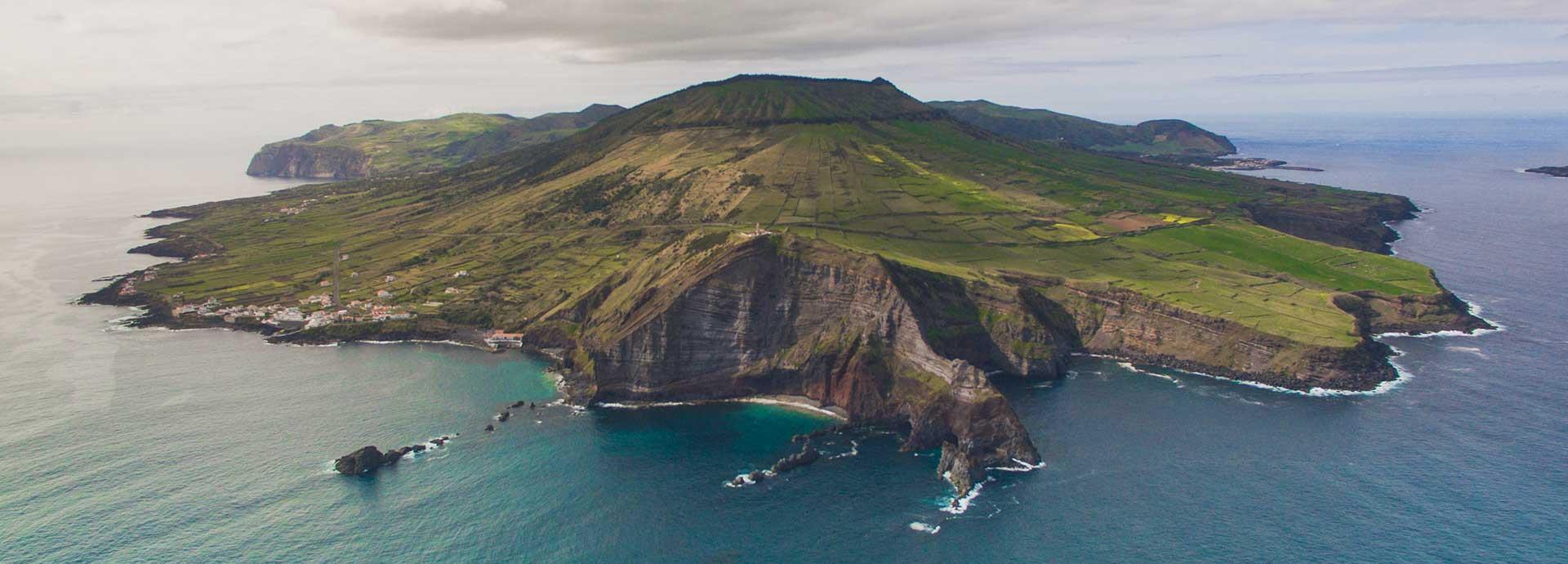

Renewable energy sources are increasingly seen as a viable option for areas with unique challenges for energy production. Microgrids may be a way to help expand renewable capabilities while also increasing operational efficiency.
Microgrids – smaller, isolated power systems and grids with lower loads – have exploded in popularity worldwide. A broad range of projects, including microgrids for resilience, post-disaster building and economic development, have come online in recent years. It’s also easier to incorporate renewables into microgrid power generation thanks to their size and structure.
Risto Paldanius, Director of Business Development, Energy Storage and Optimisation at Wärtsilä, says there are generally three types of places where microgrids are deployed: physical islands where there is a dependence on imported fuels but there is an abundance of renewables; isolated areas with high energy consumption for industrial applications, such as industrial mines, which require isolated grids to support high industrial energy demand; and remote habited areas, which require electricity for residential use, but don’t have enough energy demand in total for more traditional energy grids.
The usefulness of microgrids in these situations is due to two key features, according to Paldanius.
The first is their simplicity as compared to traditional power grids.
“The complexity of microgrids is lower. There are fewer assets, fewer transmission lines, and fewer substations. So, there’s more controlled, limited environments that need to be operated and maintained. This makes it easier for the microgrid owner, which is typically a local power operator, to maintain the microgrid. So, advanced microgrids are easier to get off the ground,” says Paldanius.
Second, microgrids typically have a lower generation capacity and are easier to calibrate to changes in consumer demand throughout the year.
“Wärtsilä’s GEMS energy management system can easily optimise the microgrids,” Paldanius says. Using GEMS, Wärtsilä is able to use AI and machine learning to get an accurate prediction of energy use and demand. It can also forecast how much solar power or other renewable sources will be available for use and optimise their generation.
Once deployed, microgrids deliver three key benefits: lower electricity costs and tariffs; lower emissions as compared to thermal power generation or gas generation; and improved electricity stability, which can be especially valuable on islands where poor grid management often leads to brownouts or even blackouts.
A successful track record
Wärtsilä has successfully deployed microgrids on the Caribbean island of Bonaire and in the Azores, an archipelago in the mid-Atlantic.
On Bonaire, an island of 19,000 residents, Wärtsilä’s 6MW/6MWh energy storage solution integrates multiple generation assets, including all of the island’s existing power generation, energy storage and wind assets, with GEMS. Using GEMS to control the microgrid is a key to increasing Bonaire’s power system reliability, according to Paldanius. Now that the energy storage system and GEMS have both been installed on the whole island, Bonaire has “achieved social benefits, lower energy tariffs, reduced emissions, and achieved greater energy supply stability,” Paldanius says. The system has boosted wind penetration from around 20% to 33%, fuel consumption decreased by 5% and CO2 emissions have fallen by 8%.
The Azores, which installed a 6MW/3.2MWh energy storage system solution with engines, wind and solar, has also optimised its entire grid in the Graciosa Hybrid Renewable Power Plant project with GEMS. The system will eliminate the use of 17,000 litres of diesel fuel per month on the island and boost renewable energy consumption from 15% to 65%.
“While we still need more wind, solar, and to add some batteries, this is a great example of how microgrids are the first to achieve the goal of 100% renewable electricity,” says Paldanius.
The Graciosa project’s ability to continuously operate fully on renewables is proof of its success.
“The developer says the longest continuous period of operating fully on renewables was three days,” says Paldanius. “The wind was blowing well, sun was good, and the batteries were managing the overnight consumption – that’s a great success.”
Co-creating solutions
Over the long term, Paldanius expects that microgrids will continue to be developed in partnership with utilities by combining historical data and the local utility’s renewable energy vision.
“It is a process of understanding all the assets on the island and co-creating the microgrid that delivers on the customer’s need,” Paldanius says.
Today, the value proposition of immediate results using Greensmith’s GEMS platform is expanding the market for Wärtsilä technologies for microgrids.
“With today’s technology and software control systems, we’re able to improve operations of the assets and predict load much better even without adding new technology,” says Paldanius. “It’s about data, machine learning, and optimising the system better. Yes, sometimes you’ll need to add energy storage, but the key thing here is that we at Wärtsilä now have the capability to do optimisation through powerful computing data and real-time systems operations.”